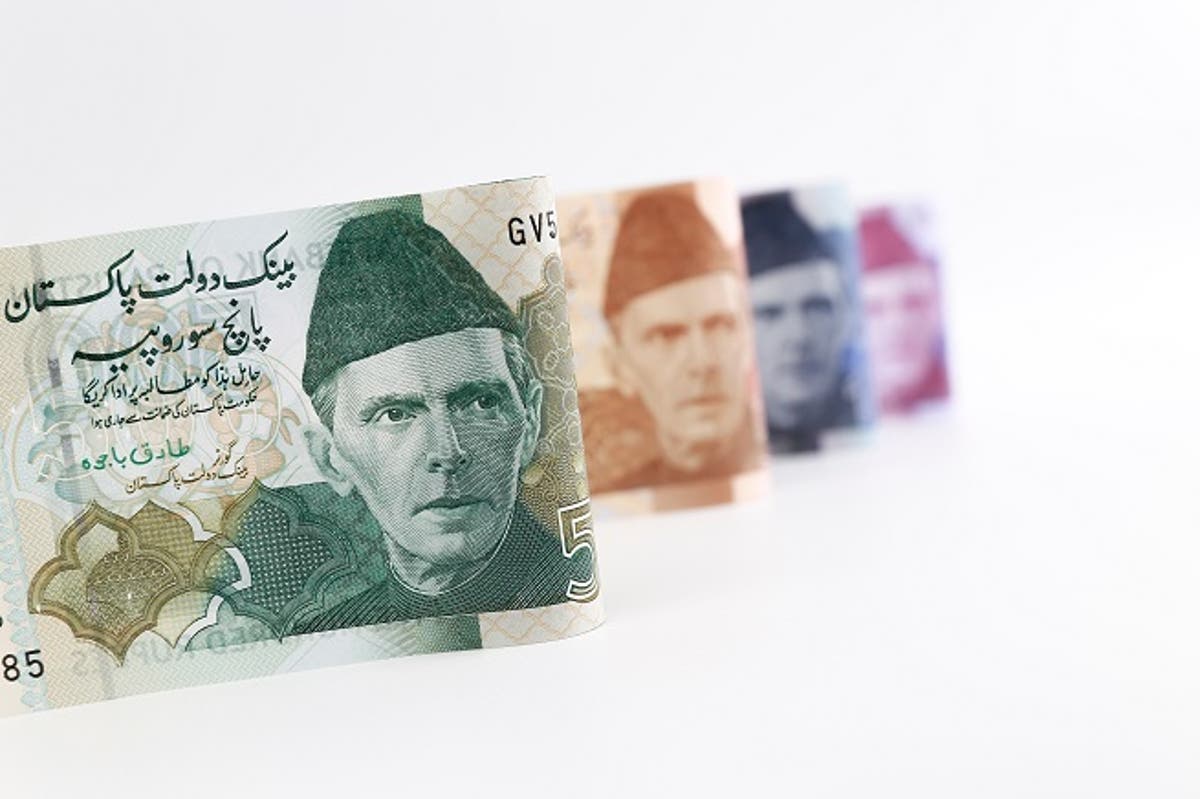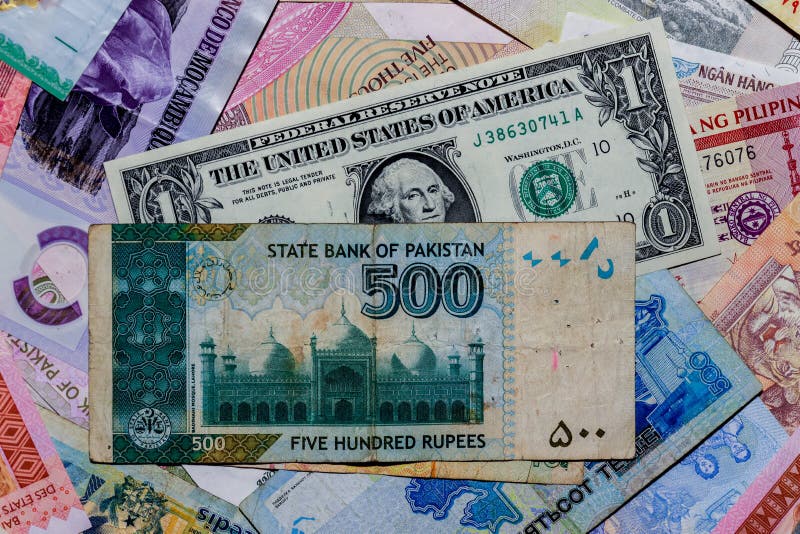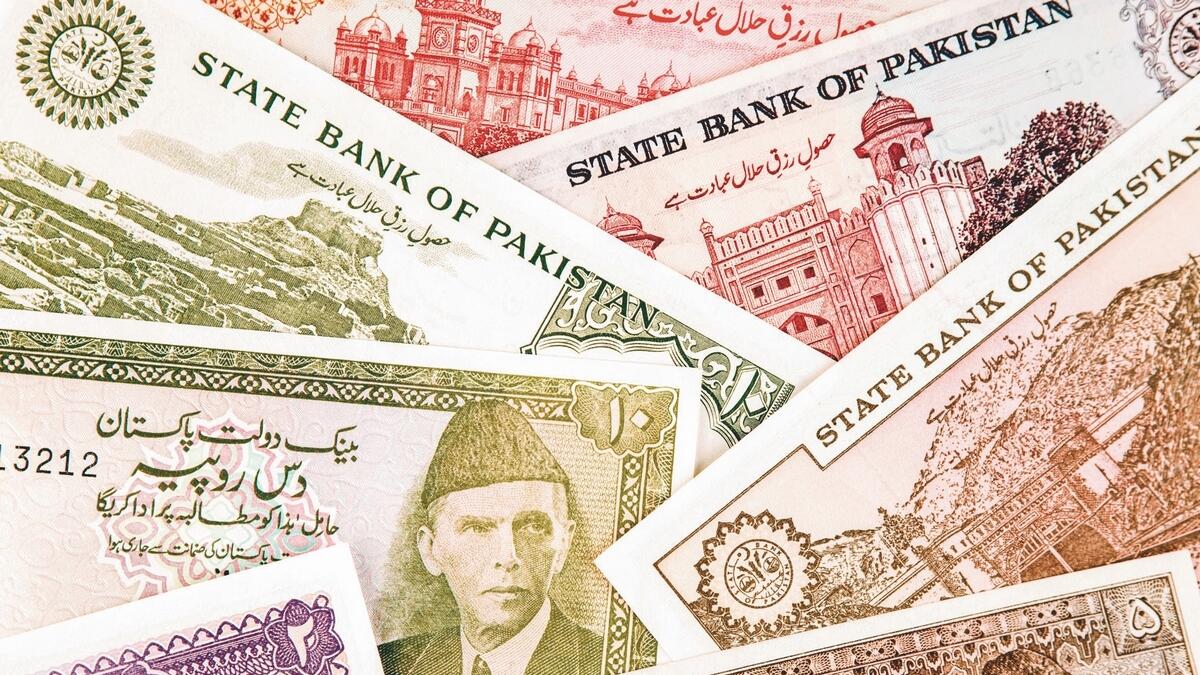Pakistani Rupee was Asia’s worst-performing currency during 2022.

Pakistani rupee was Asia’s worst-performing currency in 2022, falling by over 16.5 percent against the US dollar and placing last among 13 peers, including the Japanese Yen, South Korean Won, and Bangladesh Taka.
The local currency declined further despite Finance Minister Miftah Ismail’s assurance to the general people on Monday evening that the International Monetary Fund (IMF) will begin its $6 billion loan program in a day or two.
Before rebounding later in the day, the rupee plunged to an intraday low of Rs212.21. According to the State Bank of Pakistan, the rupee’s Monday closing price versus the US dollar was Rs 209.96 (SBP).
Compared to the closing on June 30, 2021 (Rs157.54), it has lost 34.23 percent of its value (or Rs53.94) over the past year. According to a local media site, the local currency had the lowest performance in the current calendar year compared to 12 peer regional nations.

The Japanese yen has lost 15.50 percent of its value so far this year, trailing the rupee by a margin of 16.50 percent. The Hong Kong dollar, Singapore dollar, Indonesian rupiah, Indian rupee, Chinese yuan, Malaysian ringgit, Thai baht, Philippine peso, Taiwanese dollar, and South Korean won were among the other regional currencies that had declines in the range of 0.68 percent to 8.10 percent.
According to analysts, the prolonged postponement of the IMF loan program and the nation’s continued loss of foreign exchange reserves have both contributed to the rupee’s sustained slide. The rupee has declined drastically from its estimated fair value of Rs 190 versus the US dollar.
A deepening balance of payments issue is indicated by the reserves’ decline below $9 billion. The other day, a few commercial banks reported being out of US dollars to pay for imports. The declaration caused the rupee to fall.
However, the central bank made it clear on Tuesday that neither the central bank nor commercial banks were experiencing a foreign currency shortage.

The rupee has lost 5.1 percent of its value since June 8 alone as the nation’s economy suffers from the protracted delay in restarting the International Monetary Fund (IMF) bailout program and declining foreign exchange reserves, which also caused the government to change hands in the middle of the first half of the year.
The rupee’s interbank closing price on Tuesday was 211.48, a significant decline from its closing price on December 31, 2021, which was 176.51.
According to statistics gathered by Business Recorder, the yen (15 percent decline), won (8.1 percent), and taka (7.22 percent) were close behind the Pakistani rupee. The Hong Kong Dollar, Singapore Dollar, and Indonesian Rupiah were the best performing Asian currencies versus the US Dollar.
The rupee’s value is declining as Pakistan struggles with a growing current account deficit, its lowest level of central bank-held reserves since November 2019, and a protracted delay in restarting the IMF program that was suspended due to the change in administration.
While the new coalition partners continued to have negotiations with the Washington-based lender last month, the IMF delegation concluded its discussions with Pakistani officials without bringing up the extended Extended Fund Facility (EFF).

Instead, the IMF stated that to accomplish program goals, departures from the policies agreed upon in the last review necessitate urgent, specific policy changes, including the removal of fuel and energy subsidies and the FY2023 budget.
Since then, despite growing concerns about inflation and sluggish economic development, Pakistan has embarked on a difficult economic road that has seen gasoline prices increase three times in less than three weeks and subsidies on electricity bills removed.
The State Bank of Pakistan decided to reduce the Cash Reserve Ratio restrictions against FE-25 deposits for some banks due to the rising demand for the US dollar in the inter-bank market at the same time that rising oil prices on the global market added to the pressure.
To calm the markets on Monday, Finance Minister Miftah Ismail expressed his confidence that the IMF program will be restored in a day or two. The KSE-100 Index had a gain of 1.8 percent on Tuesday as a result of his remark and other bailout resurrection rumours, which helped to support the nation’s stock exchange. The rupee continued to fall, recording its eighth straight loss versus the US dollar.
The IMF program is viewed as crucial for Pakistan because, according to many, it will open up opportunities for funding from other sources and help Pakistan’s decreasing reserves of foreign currency, which have dropped by more than 50% in the past ten months.
The IMF program is viewed as crucial for Pakistan because, according to many, it will open up opportunities for funding from other sources and help Pakistan’s decreasing reserves of foreign currency, which have dropped by more than 50% in the past ten months.
To strengthen its foreign exchange reserves, Pakistan got a $3 billion deposit from Saudi Arabia in December. In addition, as part of its new Special Drawing Rights (SDR) allocation, which was announced in August, Pakistan also received a further injection of around $2.8 billion from the IMF.
It was made worse by the uncertainty surrounding the restart of the IMF program. Even though a staff-level agreement for the sixth review has already been made public, the IMF board will not meet until this year on January 12 to consider the fate of the Extended Fund Facility.
After approval, a billion bucks would come in. But rather than the influx itself, the IMF’s permission is more likely to “cool” the currency market.
Boston asserted that if the government and SBP had not taken action to reduce market speculation, the PKR would have dropped below 200. Hashmi held similar opinions. Hashmi expressed optimism that the import bill will decrease in February or March and added, “The impact of actions will be apparent in forthcoming months.”

Hashmi continued by saying that Pakistan needs the IMF program to be revived. “The IMF’s decision will not only provide $1 billion, but it will also open the door for money from the World Bank and other international lenders, such as the Asian Development Bank. The pressure from the current account deficit will be offset by this.
If Pakistan fulfills a previous action plan that includes fiscal changes as part of a larger structural reform package that includes everything from the debt in the power sector to corporate governance, climate change, and trade policy, the IMF program would be reinstated.
Edited by Prakriti Arora





